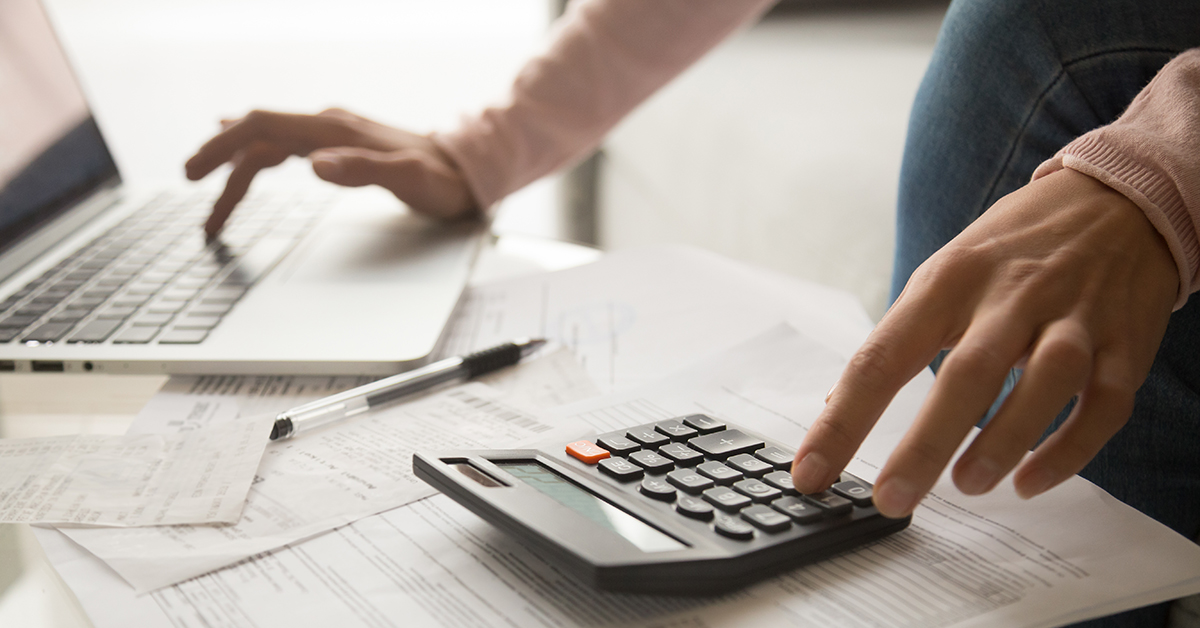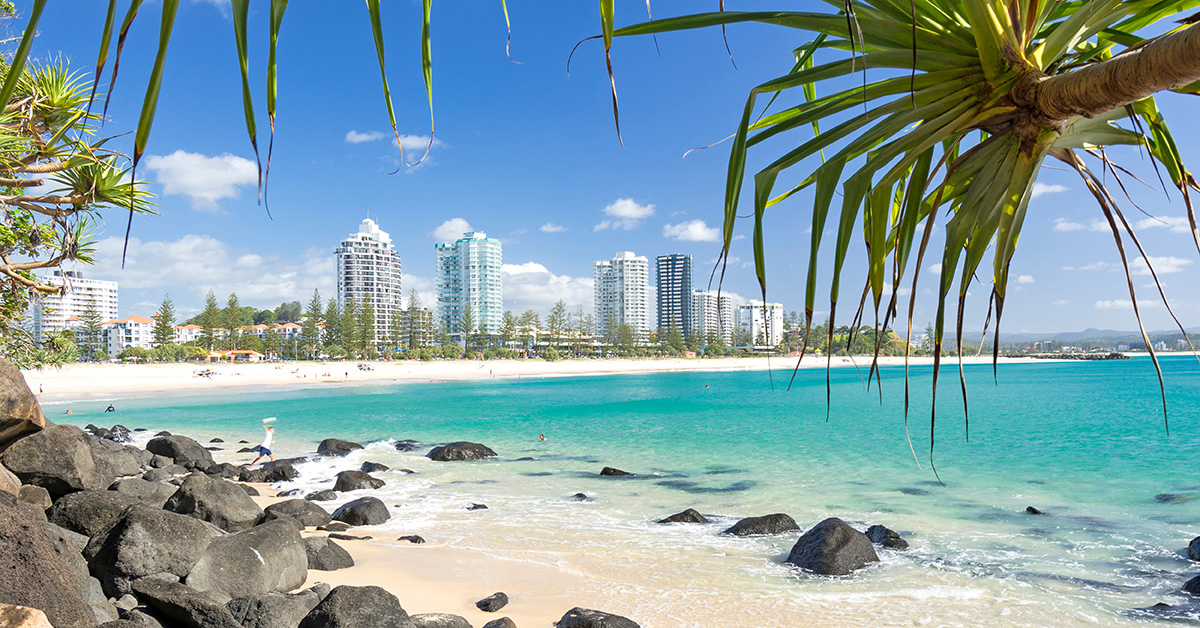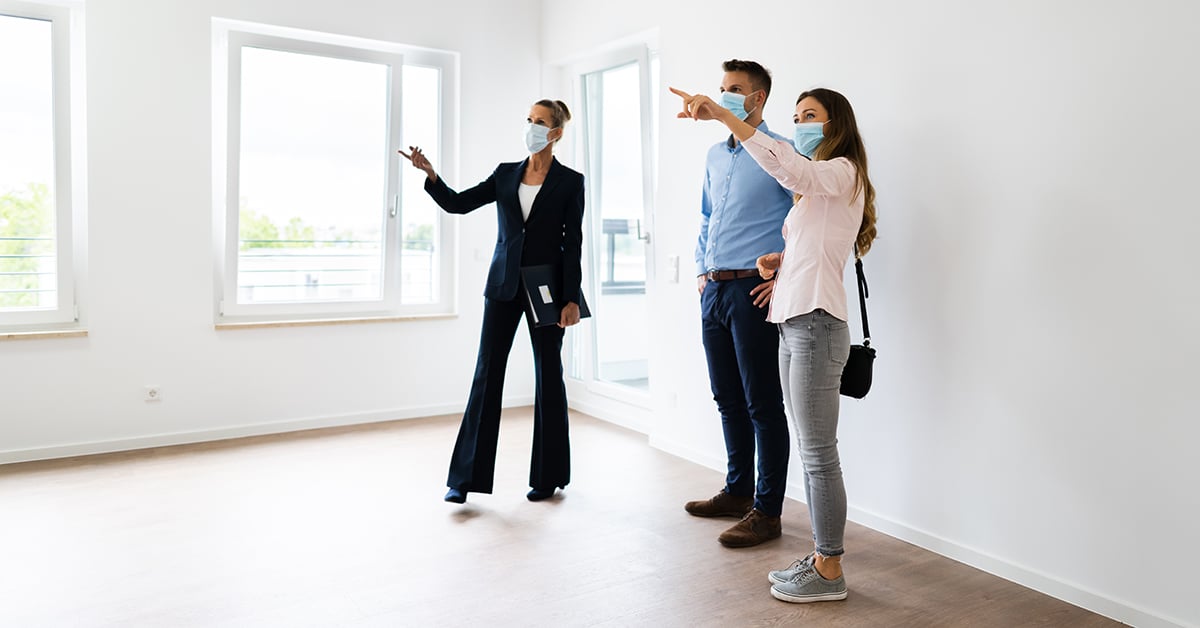Why 2020 Will See the Rise of First Home Buyers

With interest rates hitting a historic low, prices remaining 10 per cent below the 2017 peak, APRA softening the serviceability requirements, and the opportunity to benefit from the First Home Loan Deposit Scheme, 2020 appears like the year to make the switch from renting to owning.
All these factors contribute to making buying a serious option for tenants willing to save their money by investing it in a first home. Indeed, over the fourth quarter of 2019, thanks to low-interest rates and low levels of rental growth, paying a mortgage has now become comparable to the cost of renting a property. Therefore, first home buyer activity should continue to gather momentum in 2020.
An opportunity for first home owners to buy at a more affordable level
Moreover, to encourage borrowing, APRA released some pressure on applicants and amended its guidance on residential mortgage lending. Up until June 2019, because the market had been running hot for a few years, borrowers were assessed on their capacity to service a mortgage with an interest rate of 7.25 per cent. This has since changed to a rate of 2.5 points above the quoted interest rate (e.g., 6.5 per cent if the interest rate is 4 per cent), making borrowing accessible to more potential first home buyers, but also allowing applicants to borrow more.
Add to this interest rates reaching a record-low that should fuel demand from all buyers' types, prices still 10 per cent below the 2017 peak, but also the option for 10,000 buyers on low or middle incomes to benefit from the First Home Loan Deposit Scheme, and 2020 appears like the year to make a move. Despite prices beginning to rise, all these elements provide opportunities to buy at a more affordable level. Furthermore, some states also offer first-time buyer grants and stamp duty exemptions.
How buying a first home can save you money
Let's look at the figures. At a national level, considering the median house value and house rent, first home buyers able to get a 20 per cent deposit would save an average of $3 per week with a 30-year loan term offering a 3.20 per cent interest rate. With a 10 per cent deposit and the same mortgage terms, they would only pay an extra $51 per week or $2,652 per year.
Not surprisingly, these figures vary from one region to another, and some capital cities offer more opportunities than others. For example, with a 20 per cent deposit and the same contract, first home buyers would save money weekly in Darwin ($119), Hobart ($87), Canberra ($30), Adelaide ($26) and Brisbane ($24). In Darwin and Hobart, even a 10 per cent deposit would suffice to save money on housing costs, respectively $73 and $38 per week.
In Perth, however, where prices started falling after the end of the mining boom, first-time home owners would still need to spend an extra $54 per week to trade-off rental payments for mortgage repayments. Similarly, in Sydney and Melbourne, where the median house values are high, making the switch from renting to owning would respectively cost an extra $127 and $142 per week, or $6,604 and $7,384 per year.
All indicators are green to buy a first home in 2020
No matter the area, and even if prices should continue to rise, all indicators are green to make the leap in 2020, with affordability still quite good compared to where it was. Renters willing to buy their first home will have everything to gain by taking action in the coming year, starting with a decrease in their housing costs.
But what if, despite all these favourable signals, they can't afford to buy where they live?
Then two alternatives have seemed to take shape in the past year: either move to a nearby, more affordable suburb or make a bigger move and relocate to a regional area, where opportunities to enjoy a similar lifestyle come at a much more affordable cost.
What’s in store for 2020 on the real estate market? We identified the main trends for the coming year. Download our 2022 Real Estate Trends white paper to find out more more.
DISCLAIMER - The information provided is for guidance and informational purposes only and does not replace independent business, legal and financial advice which we strongly recommend. Whilst the information is considered true and correct at the date of publication, changes in circumstances after the time of publication may impact the accuracy of the information provided. LJ Hooker will not accept responsibility or liability for any reliance on the blog information, including but not limited to, the accuracy, currency or completeness of any information or links.
Share


